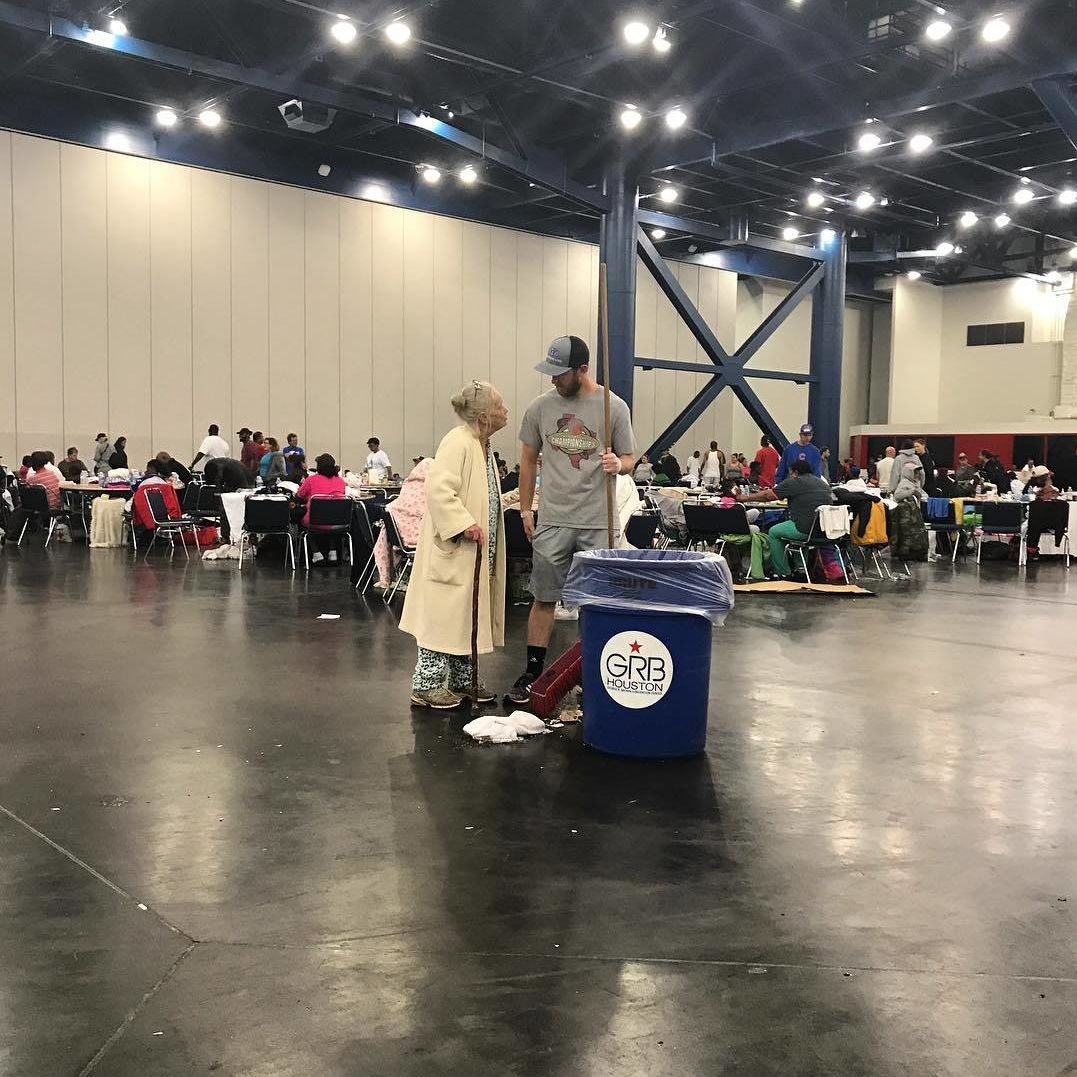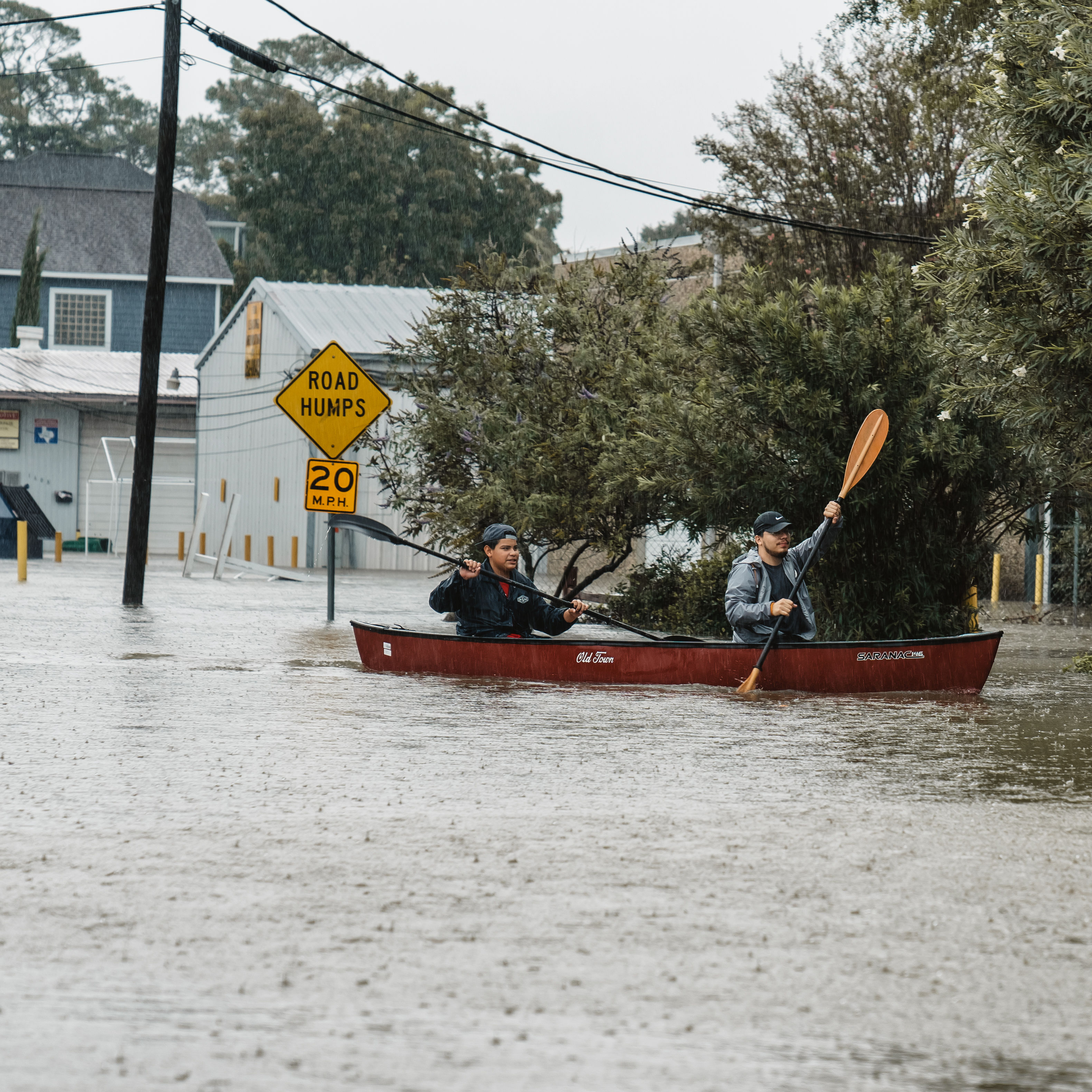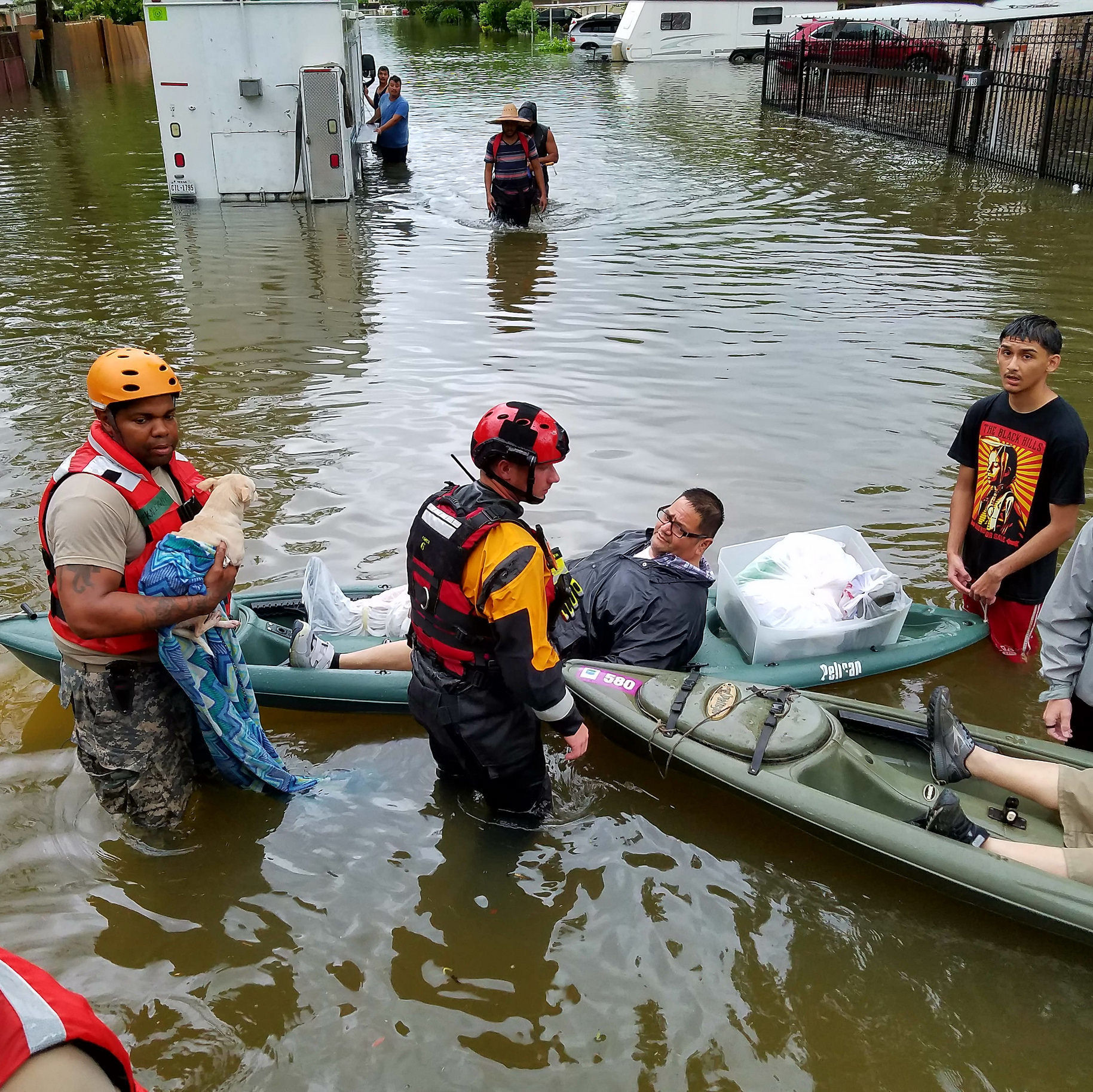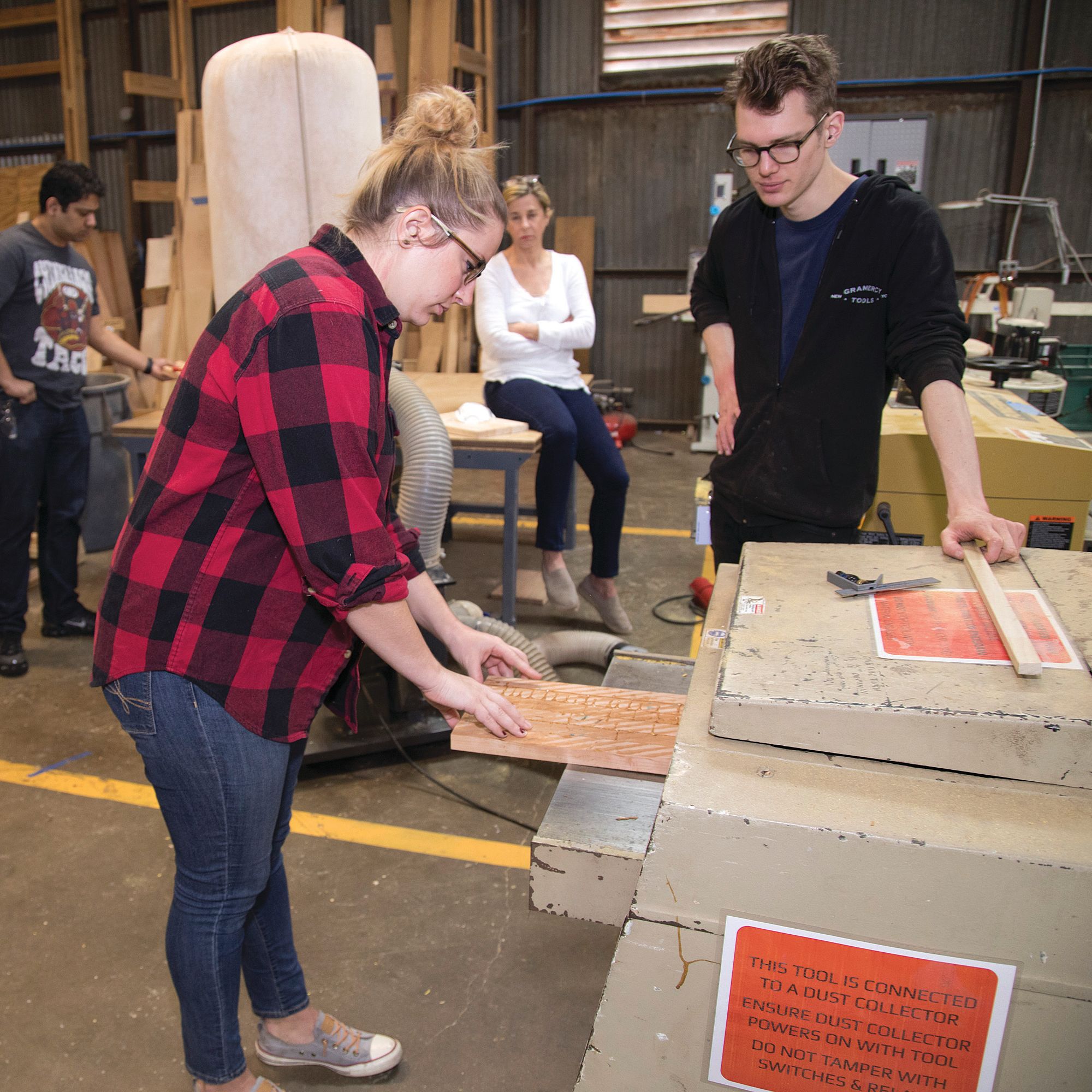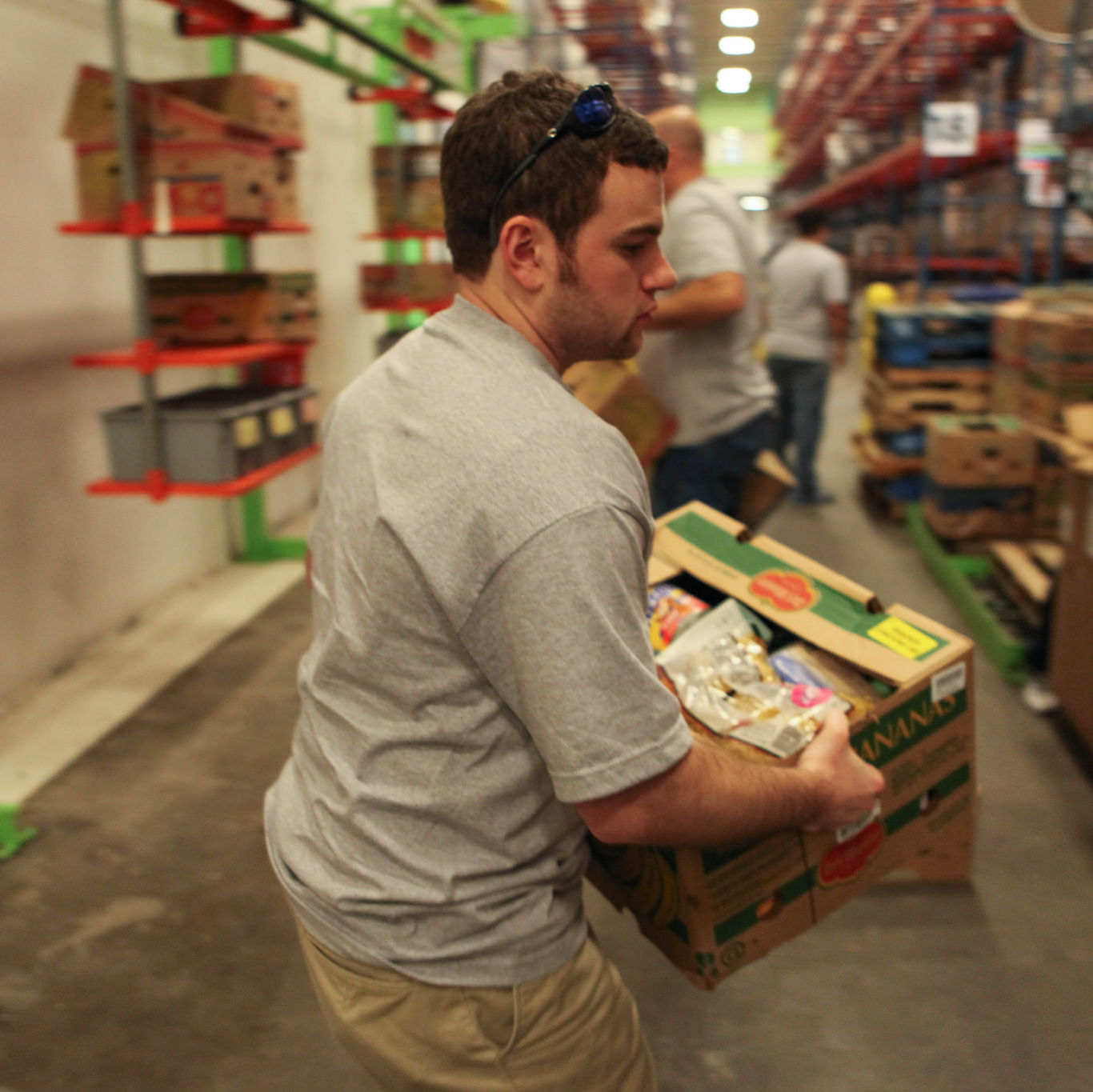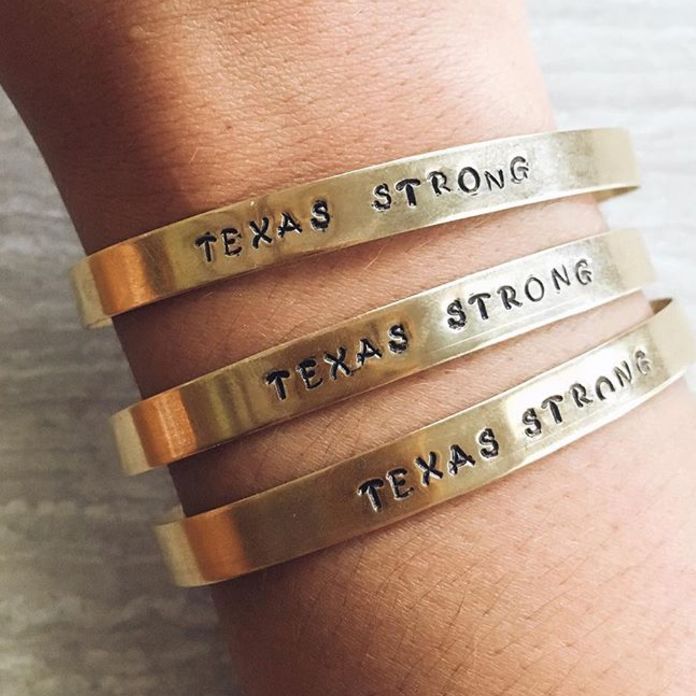Operation Reunite Is Bringing Pets, Fosters and Families Together After Harvey
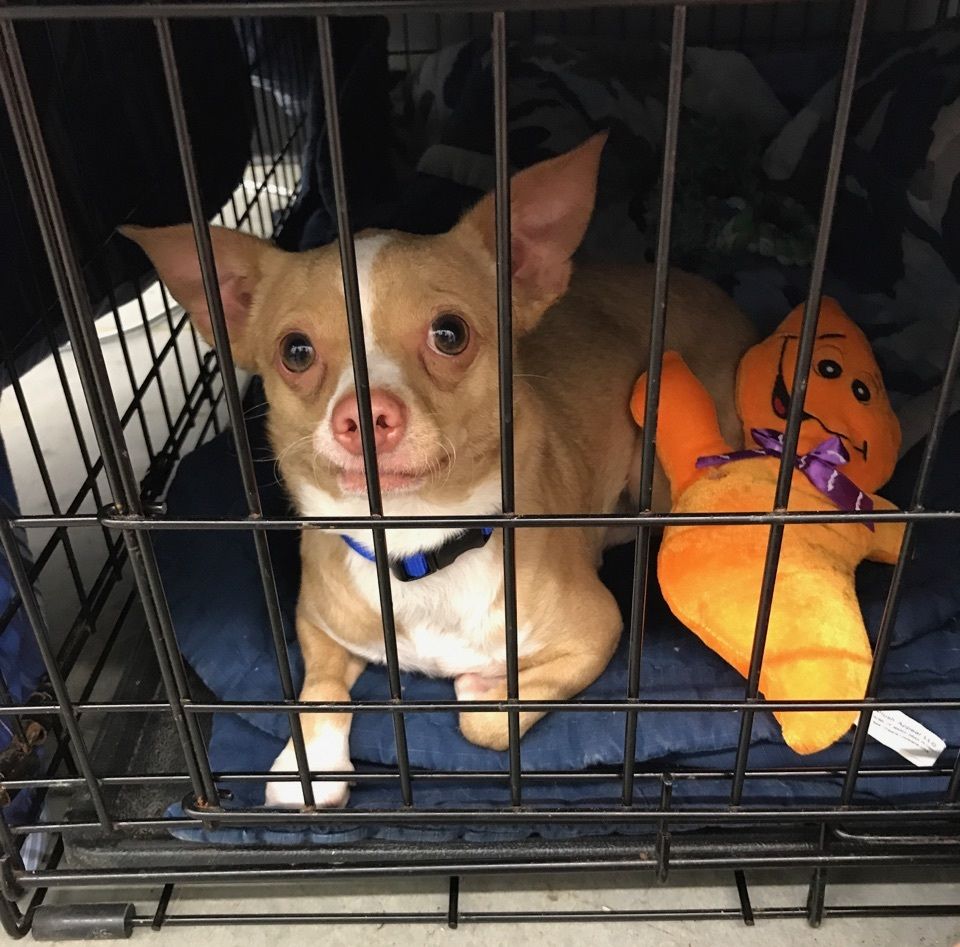
Thousands of pets like this one were displaced during Hurricane Harvey. Operation Reunite is working to bring pets and families back together with the help of Texas vets and the SPCA. This dog is currently in a foster home waiting to be reuinted with his owner.
Image: Jennifer Hennessey Bremseth
The dog days of Hurricane Harvey may be over, but the process of reuniting the thousands of families and pets separated during the storm has only just begun.
A number of organizations throughout Houston are working to help these animals, and now the Texas Veterinary Medical Association has joined in the efforts, partnering with the Houston SPCA to launch Operation Reunite to link displaced pets with vets, fosters and ideally their owners. The program was modeled after a similar one in New Orleans that found homes for pets and relieved overrun shelters after Hurricane Katrina, Chris Copeland, executive director of the TVMA tells Houstonia.
“When these types of events happen, shelters are inundated and they just don't have the capacity to handle all of those animals,” Copeland says. “This was a way to free up the shelters and get the animals into the homes of the foster families and hopefully reunite them with their owners.”
Here’s how it works: Veterinary clinics in Texas notify the TVMA that they would like to participate in Operation Reunite and take on as many animals as they can house. The Houston SPCA then transports the pets that are believed to have owners to the clinics. The clinics are then responsible for treating the pets and finding them foster homes with their clients who will then keep the pets for a 45-day period. The TVMA’s foundation reimburses the vet and the foster for any costs incurred. Once/if the owner identifies their pet through the SPCA’s animal database, the clinic works with the family to reunite it with their pet. If the pet is not claimed by the end of the 45 days, the clinic then takes on the job of finding the pet a new forever home.
As of Sept. 8, the program had 50 vets involved and had already placed over 200 pets in clinics, according to Copeland. A key element of the program is that fosters must agree to take in the pet for the 45-day period in order to give families enough time to locate them in the midst of the hurricane recovery.
“We know what a big impact these storms have on these families. They are trying to deal with so many different calamities and often times they don’t have the ability to deal with an animal that is missing at that point,” Copeland says. “The vets stepping up and taking them in is giving the families plenty of time to find their animals and ultimately will help reunite them.”
Photos of all pets in the Operation Reunite program will be uploaded to the SPAC’s disaster portal at FindingRover.com, which uses facial recognition technology to help locate pets in shelters or with fosters. “With all of the technology available today, just because your animal is missing, don’t give up hope,” Copeland encourages. “There are a lot of online applications that will help you find your animal.”
For those interested in fostering with Operation Reunite, Copeland recommends contacting your vet directly. Donations also can be made to the Texas Veterinary Medical Foundation to support those vets and fosters partnered with the program.








